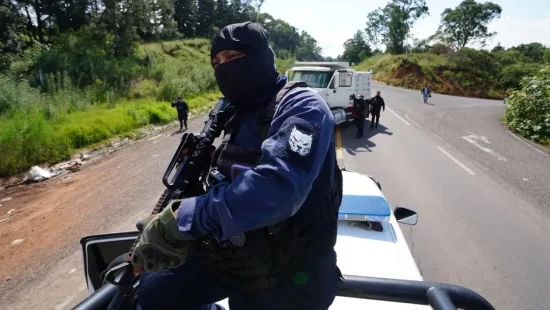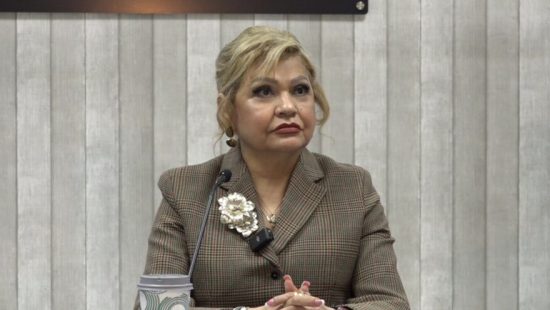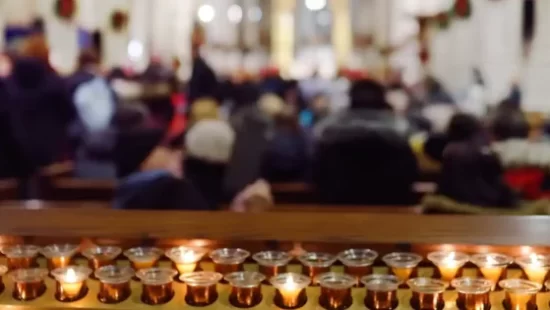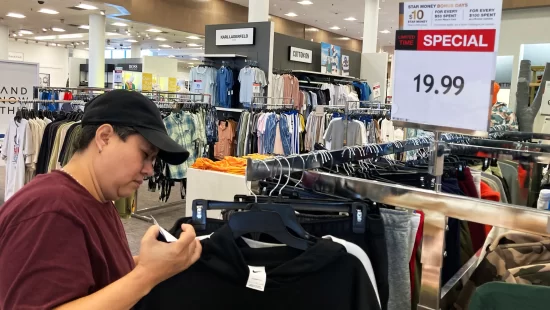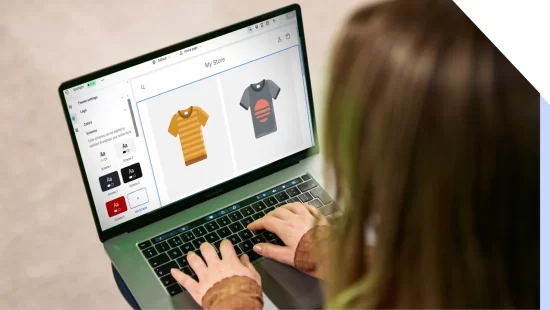Law enforcement officers responded to protests against immigration raids in and around Los Angeles, California, between June 6 and 14, 2025, with excessive force and deliberate brutality, Human Rights Watch said today.
Officers fired tear gas, pepper balls, hard foam rounds, and flash-bang grenades directly at protesters, journalists, and other observers, often at close range and often without sufficient warning or provocation. Scores of people suffered injuries, ranging from severe bruising and lacerations to broken bones, concussions, an amputated finger, and severe eye damage.
“Sweeping immigration raids have terrorized communities across Los Angeles and driven thousands of people to the streets in protest,” said Ida Sawyer, crisis, conflict and arms director at Human Rights Watch. “Local, state, and federal law enforcement’s aggressive response to these protests violently oppressed the public’s right to express outrage and the media’s right to report safely.”
The protests were sparked by a dramatic escalation of immigration raids across Los Angeles and the surrounding area, following the Trump administration’s orders to the Immigration and Customs Enforcement (ICE) agency to increase daily arrests of undocumented immigrants. Heavily armed federal agents have stormed stores, warehouses, hotels, restaurants, farms, car washes, taco stands, and other workplaces and detained those they suspect of being undocumented with the aim of deporting them.
Human Rights Watch observed protests and visited locations of ICE raids in and around Los Angeles from June 10 to 14, and interviewed 39 people, including protesters, journalists, legal observers, volunteer street medics, immigration rights advocates and organizers, and others affected by the raids. Researchers analyzed lawsuits, documentation by the Los Angeles Press Club, media reports, and photos and videos recorded during the protests and posted on social media or shared directly with investigators.
Human Rights Watch documented 65 cases in which law enforcement officers from various local, state, and federal agencies injured protesters, journalists, and other observers. The current number is most likely much higher. In the three weeks following June 6, more than 280 people contacted the American Civil Liberties Union (ACLU) of Southern California, most reporting that they had been personally injured by law enforcement agents while engaged in protest activity.
The first major protests began on June 6, when ICE agents raided several locations, including two Ambiance Apparel facilities in the Los Angeles Fashion District. On June 7, a group of protesters faced armed federal agents and Los Angeles County Sheriff’s Department (LASD) deputies in the suburb of Paramount, across from a Home Depot store outside an office park where there were reports of a planned raid.
In a directive issued on June 7, US President Donald Trump claimed the Los Angeles protests “constitute a form of rebellion against the authority of the Government of the United States,” called in the National Guard, and authorized the deployment of “any other members of the regular Armed Forces as necessary.” On June 9, the administration mobilized 700 active-duty Marines to join several thousand National Guard soldiers, who primarily guarded federal buildings. Local and state officials objected to Trump’s actions, though local police themselves acted to aggressively shut down the protests.
Starting on June 6 and at least through June 14, protesters gathered every day outside the Metropolitan Detention Center, where agents detained many undocumented people. Protesters also demonstrated at other government buildings in the surrounding area of downtown Los Angeles. Human Rights Watch repeatedly witnessed and documented law enforcement officers forcing protesters to leave certain areas, often with no apparent justification and without delivering clear, audible dispersal orders or warnings. Officers frequently aimed and fired their “less lethal” launchers directly at protesters, sometimes at close range, including using tear gas, pepper balls, hard foam rounds, and flash-bang grenades. These weapons, while less deadly than bullets, can cause serious injury and death.
Human Rights Watch documented 39 cases of journalists injured by law enforcement, most of whom were holding cameras and wearing visible press credentials. Several appear to have been deliberately targeted. On June 8, a police officer fired a kinetic impact projectile directly at Lauren Tomasi, an Australian journalist from 9News, while she was reporting live on television from downtown Los Angeles, leaving a bruise on her leg.
On June 9, a Los Angeles Police Department (LAPD) officer shot three people—all known advocates for police accountability—at very close range with kinetic impact projectiles, leaving each of them in serious pain for days, according to two of the advocates and video footage Human Rights Watch reviewed. Before shooting one of them in the groin, the officer said: “I’m going to pop you, as you are taking up my focus.”
A volunteer street medic, who was himself hospitalized after being lacerated by a hard foam round that caused a deep, gaping wound, said he spent several hours in downtown Los Angeles on June 14 responding to people yelling for help. They included protesters hit by projectiles and bleeding from their heads or faces, one with a broken leg, and others with difficulty seeing and hearing because of the flash-bangs and tear gas.
There were some acts of violence against police and property destruction by protesters, primarily in the early days of the protests. Human Rights Watch found evidence that most of the violence by protesters occurred after acts of violence by law enforcement officers, and that only a small portion of the protesting crowd engaged in destructive acts. To the extent individuals engaged in violent or destructive acts, law enforcement officers did not limit their aggressive actions and response to those individuals.
Human Rights Watch found that law enforcement officers committed clear violations of international human rights law. These findings also imply civil rights protections under the US Constitution, as well as recently amended California state law, which includes strict restrictions on when and how law enforcement officers may use force to disperse protests and provides protections for journalists covering protests.
Human Rights Watch wrote to the Department of Homeland Security (DHS), the LAPD, and the LASD on July 31, but has not received responses.
In a June 23 statement, Los Angeles Police Chief Jim McDonnell said the department would conduct a “comprehensive evaluation of each use-of-force incident” and act against any officer “who has fallen short” of the department’s standards. While he said the protests had “most often been marked by peaceful expression,” they were at times “hijacked by violence, vandalism, and criminal aggression” and “officers were justified in taking swift and measured action to prevent further harm and restore public safety.”
Journalists, protesters, and legal observers have filed several lawsuits against the City and County of Los Angeles and the DHS regarding the harm caused during these protests. Past lawsuits regarding law enforcement misconduct during protests in Los Angeles have cost taxpayers millions of dollars in settlements, but secured little to no accountability for the agencies and senior officials responsible for the abuse nor changes in law enforcement practice.
“Law enforcement officers in Los Angeles used brutal, excessive, and unnecessary force against people standing up for human rights and those reporting on the protests,” Sawyer said. “All law enforcement agencies involved should respect the right to free speech and protest, protect journalists, and ensure that those responsible for abuse are held to account.”

